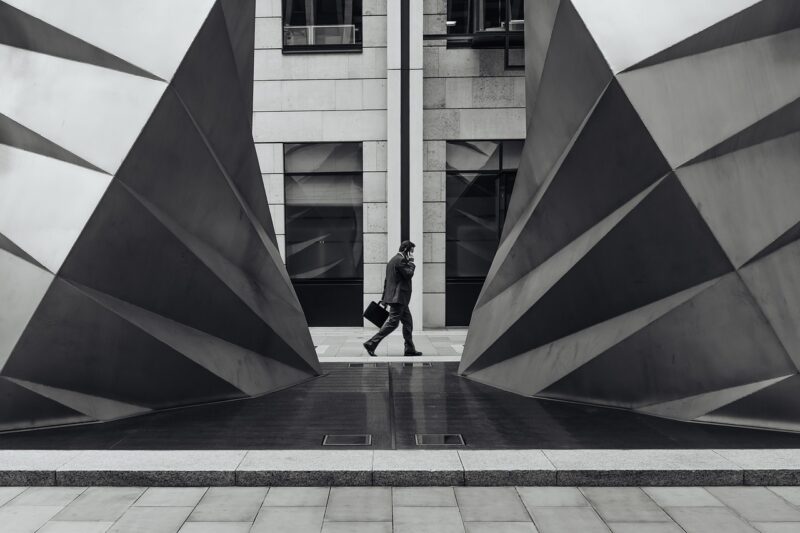
Art has always been a powerful medium for communication, utilizing various elements to convey messages, emotions, and narrative structures. Among these elements, symbolism has emerged as one of the most effective tools in modern art installations, aiding artists in delivering complex ideas and feelings that resonate deeply with the audience. In this article, we will take a closer look at the power of symbolism in modern art installations, its historical evolution, how artists employ it, and the impact it has on viewers.
1. Understanding Symbolism in Art
Symbolism refers to the use of symbols—objects, colors, shapes, or figures—to represent ideas or concepts beyond their literal meaning. This technique enables artists to infuse their works with layers of meaning, allowing viewers to interpret and engage with the art on multiple levels.
Modern art installations often make extensive use of symbolism to communicate themes such as identity, social issues, and existential concepts. For instance, a broken mirror might symbolize the fractured self or a desire for reflection, while a wilted flower could express decay or loss.
2. Historical Context: The Evolution of Symbolism in Art
The use of symbolism can be traced back to ancient civilizations, where symbols held significant spiritual and cultural meanings. However, the modern approach to symbolism began to take shape during the late 19th century with the advent of movements like Symbolism and Surrealism, which sought to evoke emotional responses and explore deeper psychological themes through symbolic representation.
The 20th century witnessed a shift toward abstraction, yet symbolism remained a vital component. Artists like Salvador Dalí and René Magritte incorporated symbolic elements in their works to challenge reality and encourage viewers to question their perceptions.
As we moved into the 21st century, contemporary artists began experimenting with installation art—creating immersive experiences that utilize both physical space and symbolic elements to engage viewers in multi-sensory ways.
3. Key Elements of Symbolism in Modern Art Installations
Modern art installations are highly interactive and incorporate diverse media, including sculpture, video, and sound. Here are some key elements that emphasize symbolism in these installations:
- 1. Color: Colors evoke emotions and associations. For instance, blue can convey calmness or sadness, while red often symbolizes passion or aggression. Artists strategically use colors to deepen the symbolic meaning of their work.
- 2. Space: The spatial arrangement of elements can symbolize relationships, identities, or social structures. An installation featuring disconnected objects may represent isolation, while arranged items may symbolize community or unity.
- 3. Material Choice: The materials used in installations hold significance. Natural materials like wood or stone may represent organic themes, while industrial materials like steel or plastic might symbolize modernity or consumerism.
- 4. Interactivity: Many installations invite viewer participation, allowing individuals to engage with the art personally. This interactivity often turns ordinary actions into symbolic gestures, like stepping into a space representing a journey or progression.
4. Impact of Symbolism on the Viewer
Symbolism in art installations challenges viewers to explore a deeper understanding of the work. When presented with a piece rich in symbolic meaning, audience members often experience a range of emotions and interpretations, sparking dialogue and introspection.
For example, consider an installation featuring a farm of plastic flowers in a barren landscape. This could symbolize environmental degradation, consumer culture, or the artificiality of modern life. Viewers might feel a mix of nostalgia, sadness, and anger, prompting them to reflect on their relationship with the environment.
Moreover, the effectiveness of symbolism lies in its ability to transcend cultural and linguistic boundaries. A universal symbol—like a heart representing love—can evoke similar feelings across diverse populations, fostering a sense of shared experience and understanding.
5. Notable Modern Art Installations Using Symbolism
Let’s explore a few notable modern art installations that have employed symbolism effectively:
- 1. The Obliteration Room by Yayoi Kusama: This installation starts as an all-white room where visitors can place colorful polka dots, gradually transforming the space. The polka dots symbolize the individual’s impact on the collective, as well as themes of chaos and order.
- 2. The Broken Chair by Daniel Bourdieu: Erected in front of the United Nations in Geneva, this installation of a giant broken chair symbolizes the struggles involving landmines and the global call for peace and reconciliation in conflict zones.
- 3. The Weather Project by Olafur Eliasson: Utilizing light and mist to create a giant sun within the Tate Modern, this installation reflects on perception and human interaction with nature, symbolizing both beauty and the impact of climate change.
Each of these installations uses symbolism to provoke thought, encourage viewer engagement, and deliver powerful messages about the human experience.
Conclusion
The incorporation of symbolism into modern art installations serves as a testament to the power of art as a transformative vehicle. By engaging with symbols, artists can connect with viewers on emotional and intellectual levels, crafting experiences that resonate beyond the surface.
As audiences navigate the rich world of modern art, they are invited to explore their interpretations, challenge their perceptions, and reflect on their own experiences. The power of symbolism in these installations not only enriches the art form but also fosters a deeper understanding of the complex world in which we live, making art a vital part of contemporary society.
Ultimately, modern art installations continue to push boundaries and expand the possibilities of artistic expression. By embracing symbolism, artists craft works that captivate our senses and challenge us to consider our place in the wider narrative of human existence.







